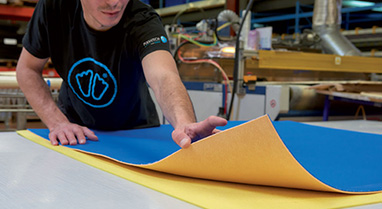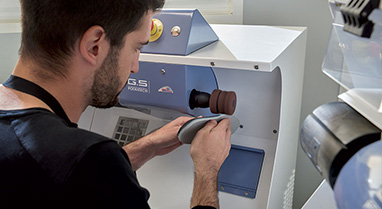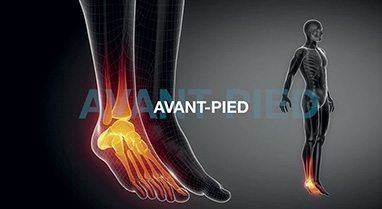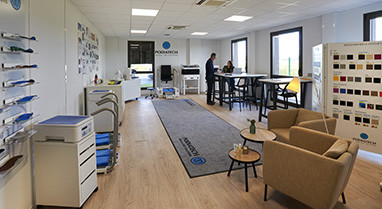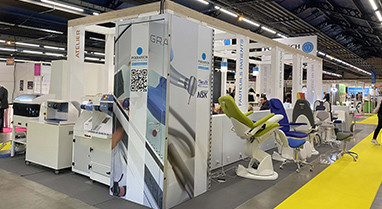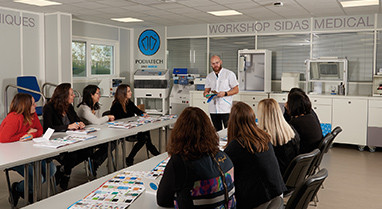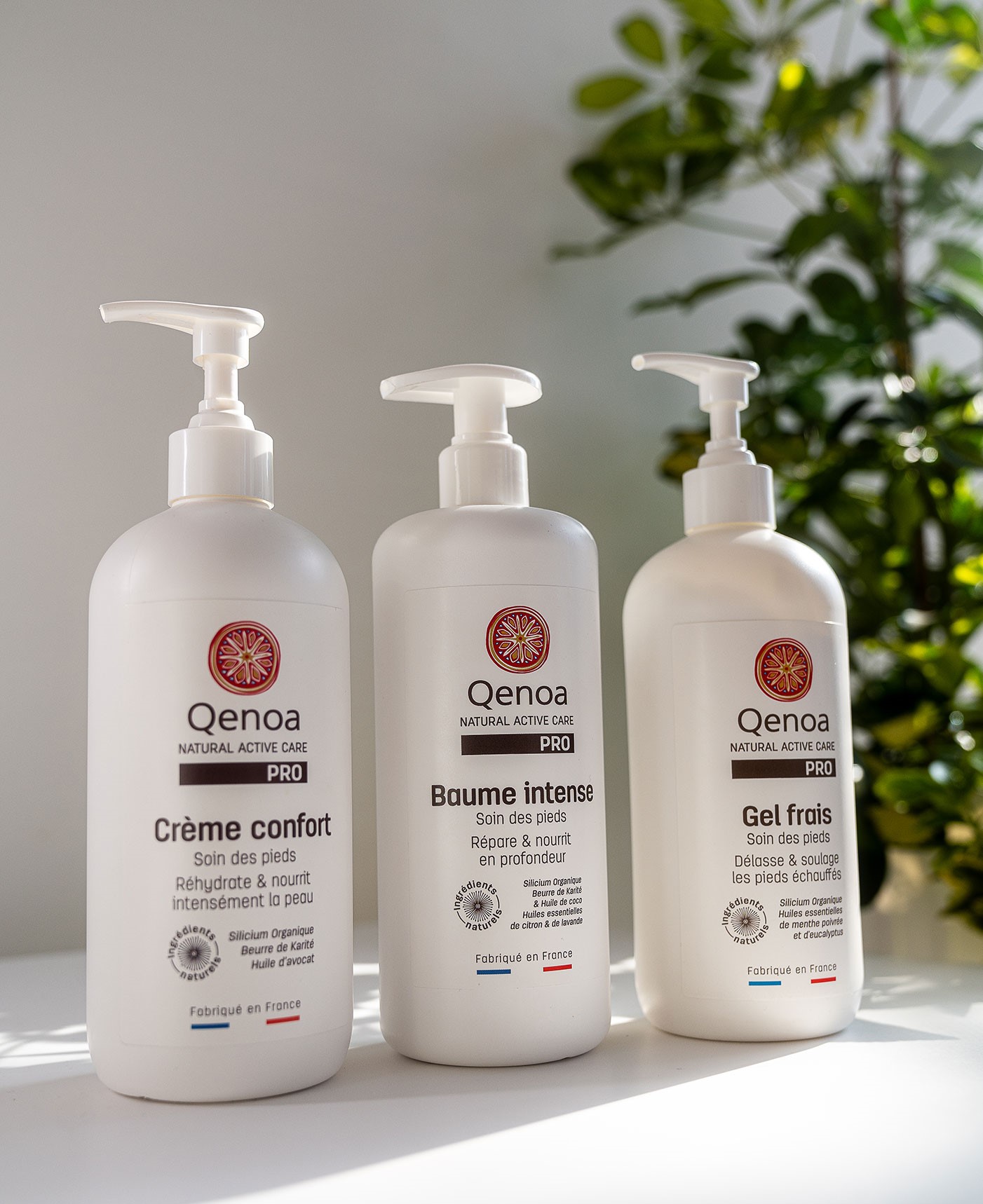How to recognise dehydrated and damaged skin?
When a patient's skin is dry, they may experience feelings of discomfort such as tightness or itching accompanied by redness and flaking. They may also see cracks appearing on their feet due to rough skin that is gradually losing its suppleness.
Why does skin become dehydrated and damaged?
Dry, dehydrated skin is more easily damaged because it loses its suppleness.
Difference between dry skin and dehydrated skin:
Despite what we may think, a patient with dehydrated skin does not necessarily have dry skin and vice versa. Dry skin is skin lacking in sebum, while dehydrated skin lacks water. Dehydrated skin is easier to address than dry skin. In fact, dry skin is a skin type, whereas dehydrated skin is only a temporary skin condition.
This means that all skin types – oily, combination and dry – can suffer from dehydration.
The causes of skin dehydration:
Several internal and environmental factors can cause skin dehydration. Internal factors include:
- Genetics
- Skin ageing
- Hormonal changes
Environmental factors include:
- Climatic factors such as cold, dry areas, UV rays and changes of season
- Lack of water with a direct impact on dehydration
- Pollution
- Air conditioning and heating
- Lack of sleep
- Unsuitable cosmetic products
How to limit feelings of discomfort in patients' feet after a pedicure treatment?
The various pedicure treatments carried out, such as burring, can accentuate feelings of discomfort, tightness and itching in the patient's feet. So get into the habit of moisturising and nourishing your patients' feet at the end of each consultation.
We have developed a Qenoa professional range of natural creams and balms to care for your patients' feet at the end of each consultation.
Comfort cream:
This comfort cream with a fluid texture will deeply moisturise and nourish your patients' feet while leaving a mild, comforting scent. It contains organic silicon, avocado oil rich in vitamin E, and shea butter, which has a soothing, moisturising, healing and regenerating action. You can apply it all year round on your patients with normal to dry feet.
Fresh gel:
This fresh, non-greasy gel is instantly absorbed and will relieve hot, swollen feet thanks to its refreshing effect while leaving a minty scent. It contains organic silicon, eucalyptus essential oil, which is antibacterial and anti-inflammatory, and peppermint essential oil for its refreshing and anti-inflammatory properties. We recommend that you apply this gel to your patients' feet and ankles preferably in summer and spring.
Intense balm:
This intense, creamy-textured balm will intensely nourish and regenerate your patients' feet to repair cracks and chapping in particular. It contains organic silicon, coconut oil, which is nourishing, moisturising, soothing, antibacterial and antifungal, and lavender essential oil for its healing and antibacterial properties. You can apply this balm to your patients' feet all year round. It is also recommended for use on diabetic patients' feet.
Discover all the natural products for everyday concerns in our Qenoa range!

